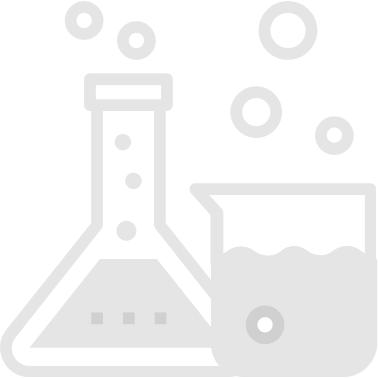
Scenario Writing
Help the team understand the circumstances surrounding the problem they’re attempting to solve
Phases
Suggested Time
45-60 min
Participants
Core team
Why do it?
This activity allows the team to tell a story about either the user’s current, potentially frustrating experience with the core problem or their future, ideally positive experience after the team’s solution is in place. Doing this provides structure in advance of exploratory research—drawing out areas to probe—or leverages what the team has learned to support solution sketching.
When to do it?
You can write scenarios during Discovery to outline the existing experience, but they are usually written in Framing (or Delivery) to capture an idealized experience and often followed by a Design Studio
What supplies are needed?
- Whiteboard or digital version like Miro
- Dry erase markers
- Output from Personas workshop
- Tape
How to Use this Method
Sample Agenda & Prompts
-
Create four columns on the physical or digital whiteboard and label each with the following:
- User
- Goal
- Context
- Scenario
Tip: If time is short and/or the full team is busy with other work, you can also do this activity by yourself/with your pair using the word processing program of your choice
-
Begin by defining the user, ideally using the persona(s) your team has created. What you write should answer these questions:
- Who is this person?
- What is their role?
Tip: If you have your persona available, you can use it in this section instead of making one from scratch
You can lead the team in creating a well-formed persona using the Personas activity
-
Next, define the goal of the scenario. What you write should answer these questions:
- What is the user trying to accomplish?
- When is the scenario done?
-
Now define the context of the scenario. What you write should answer these questions:
- Where is this scene taking place?
- What is the user doing when this scenario takes place?
- What devices, if any, are being used?
- Who is the user with, if anyone?
-
Finally, outline the scenario from beginning to end, being sure to write about:
- Anything relevant the user does before the key actions start
- The actions the user takes to reach their goal and why they take them
- Anything relevant the user does after achieving the scenario’s goal
Tip: If you’re writing a scenario for the future state, be careful not to be too prescriptive in how you capture the solution. Leave enough ambiguity so that the team has space to ideate broadly.
Success/Expected Outcomes
You’ve succeeded once you feel the team understands the scope of current or future scenario and could confidently use it to support subsequent activities (research, design studio, etc.)
Facilitator Notes & Tips
Example of a current state scenario:
How sheep farmers currently purchase sheep at actions in person
Example of a future state scenario:
How sheep farmers will purchase sheep via the internet with the new product